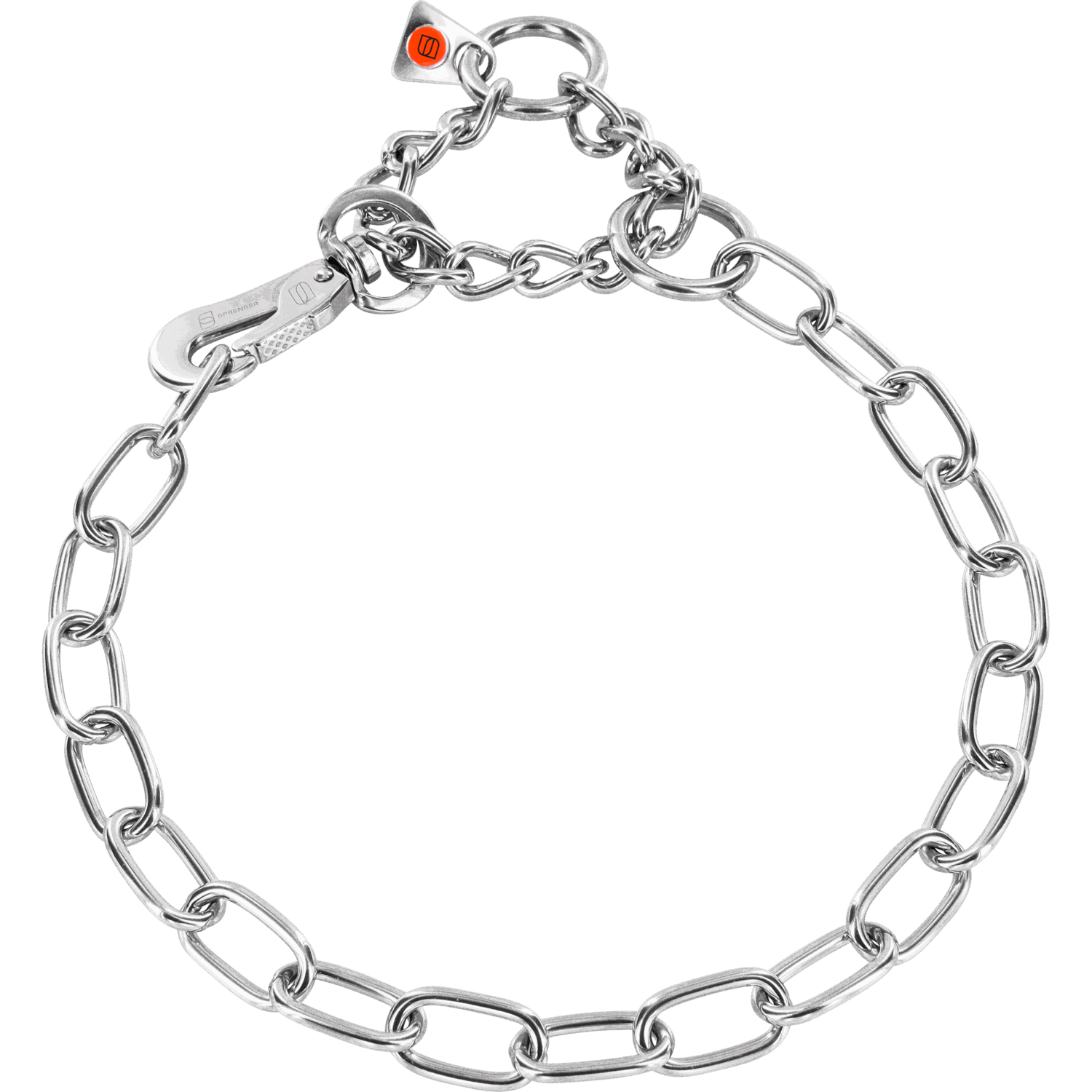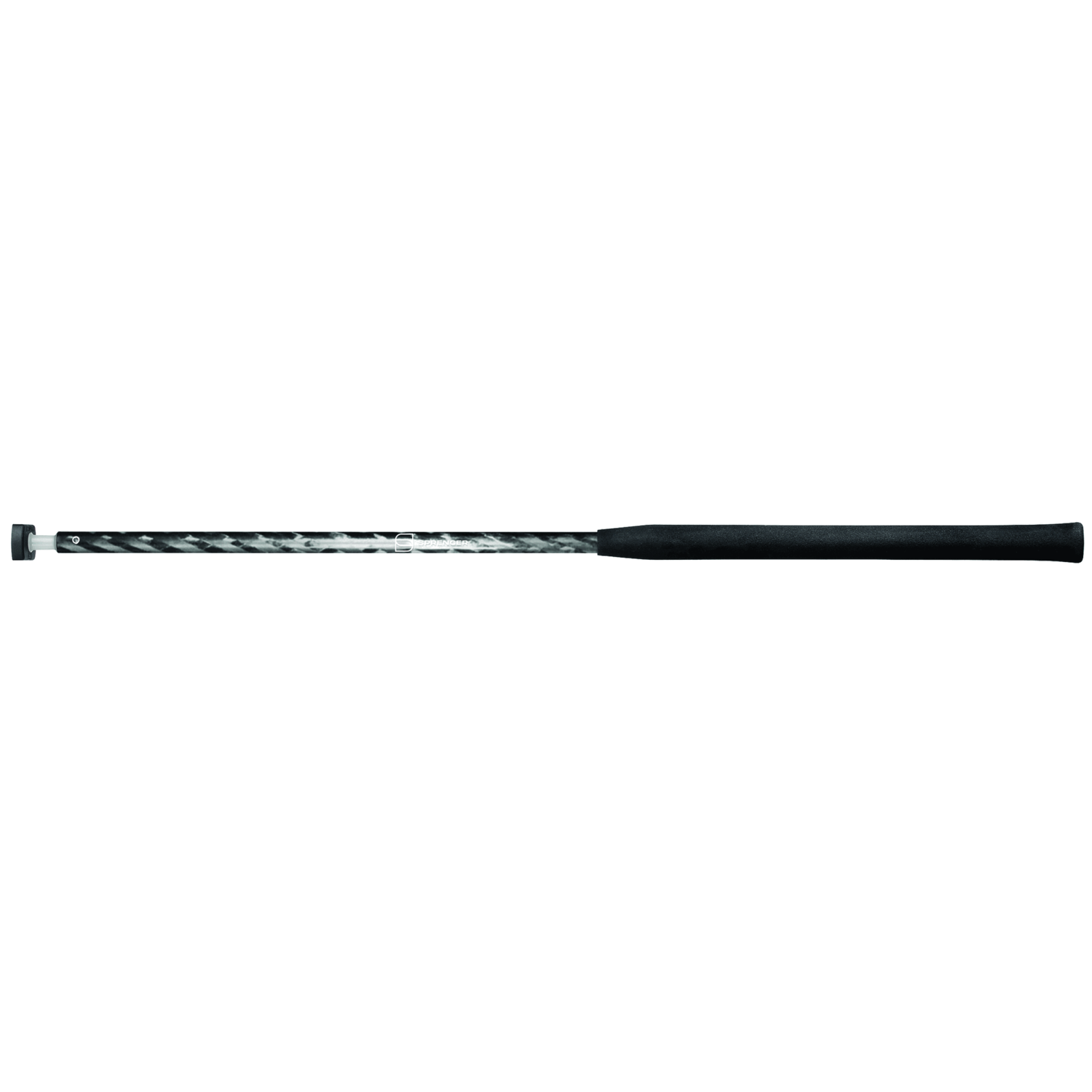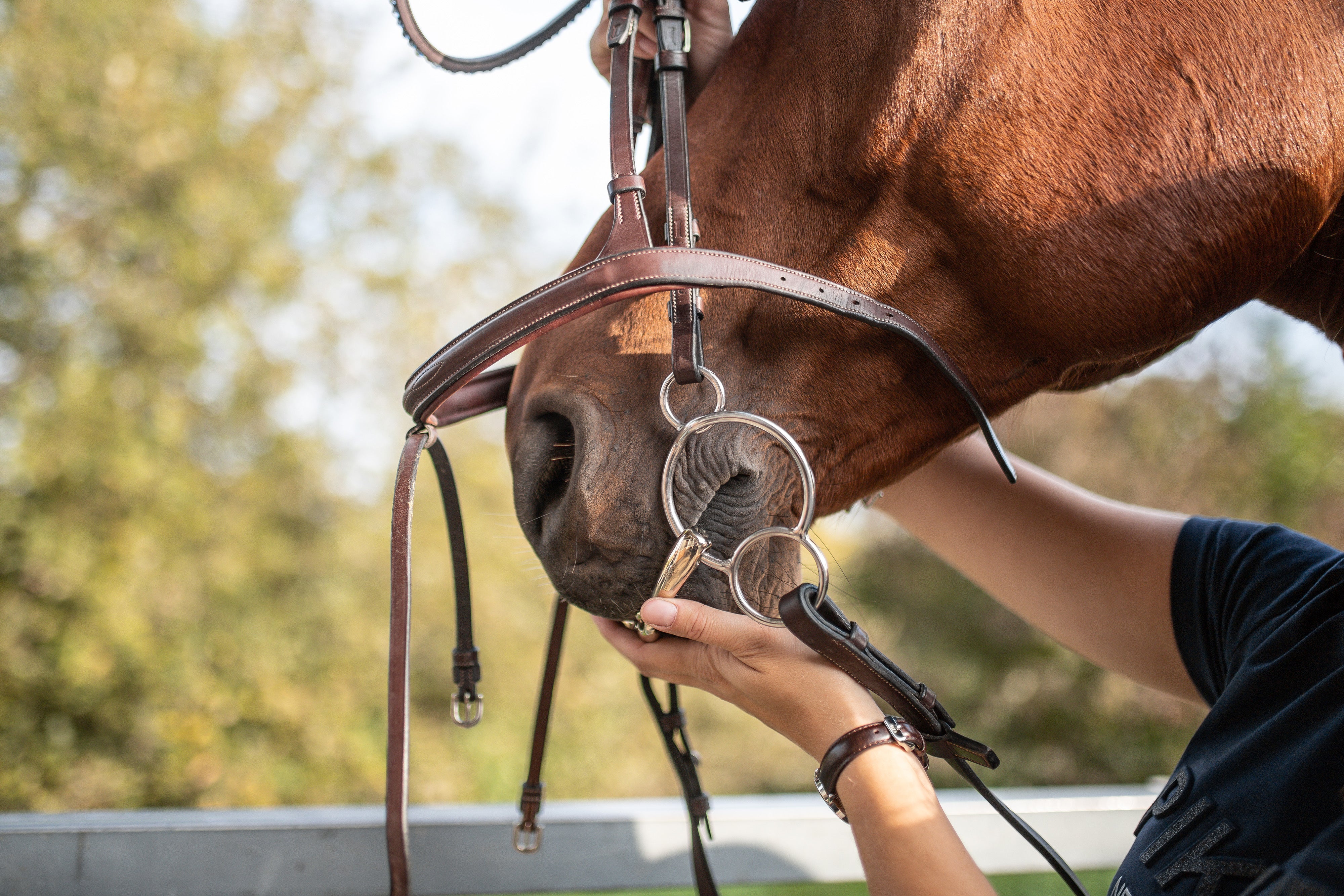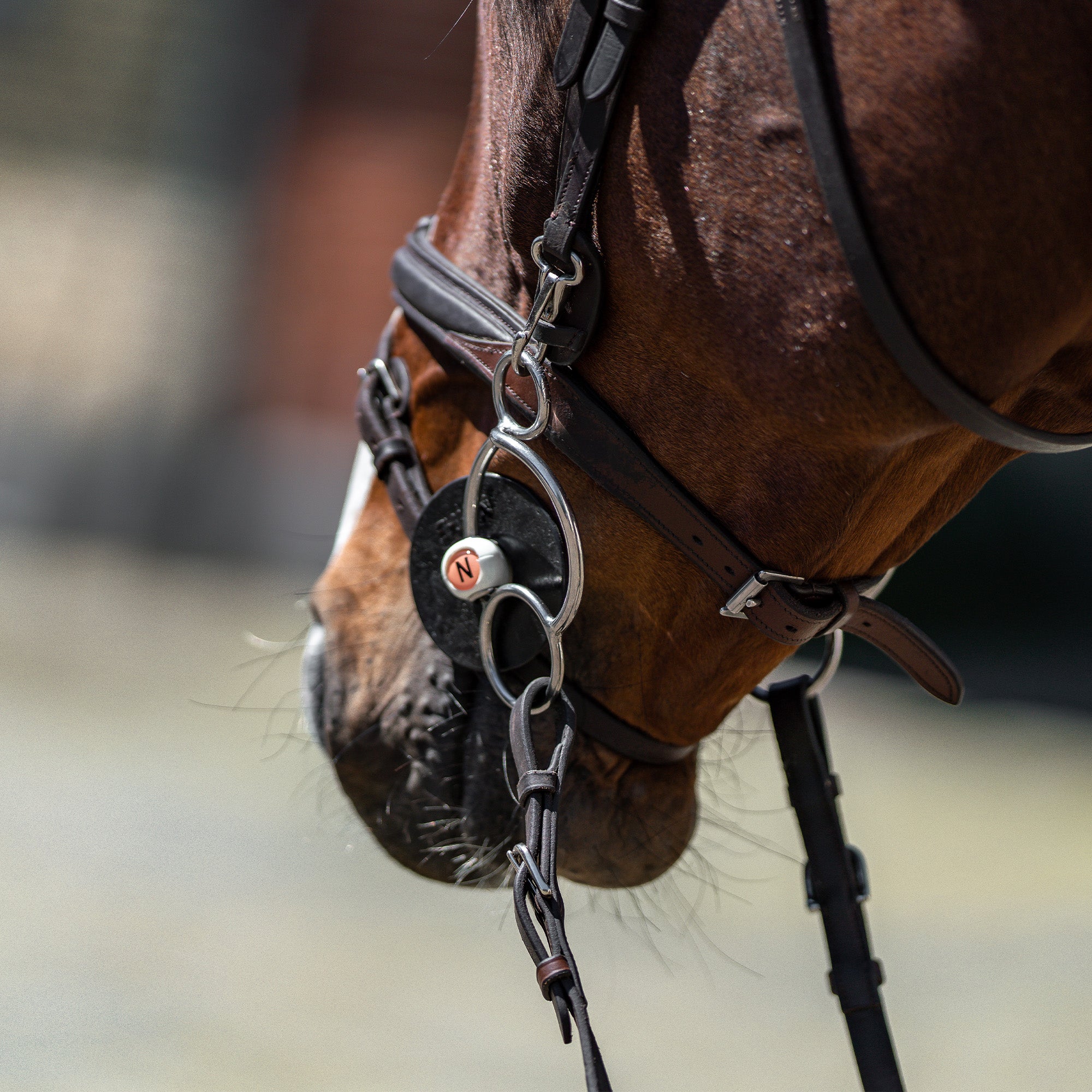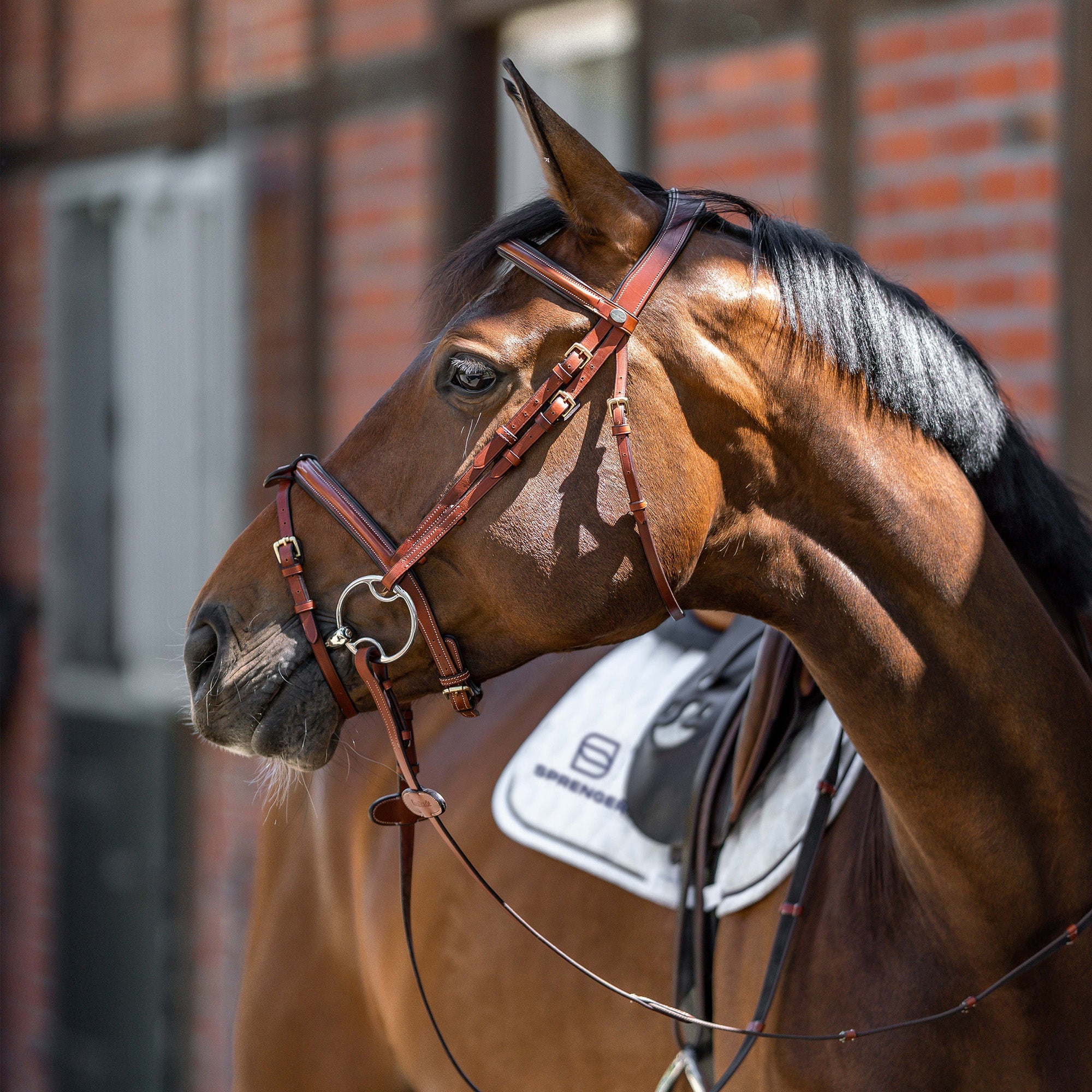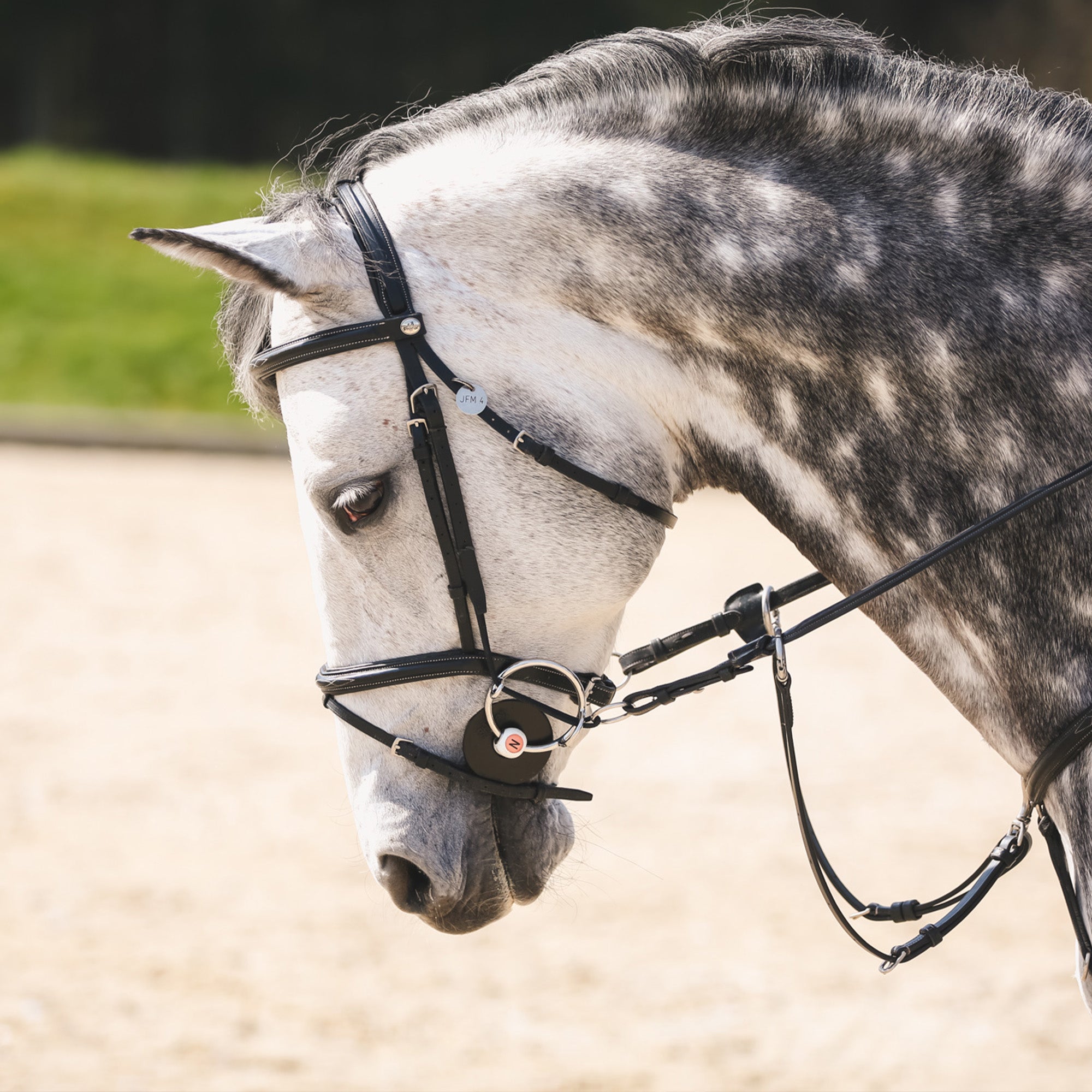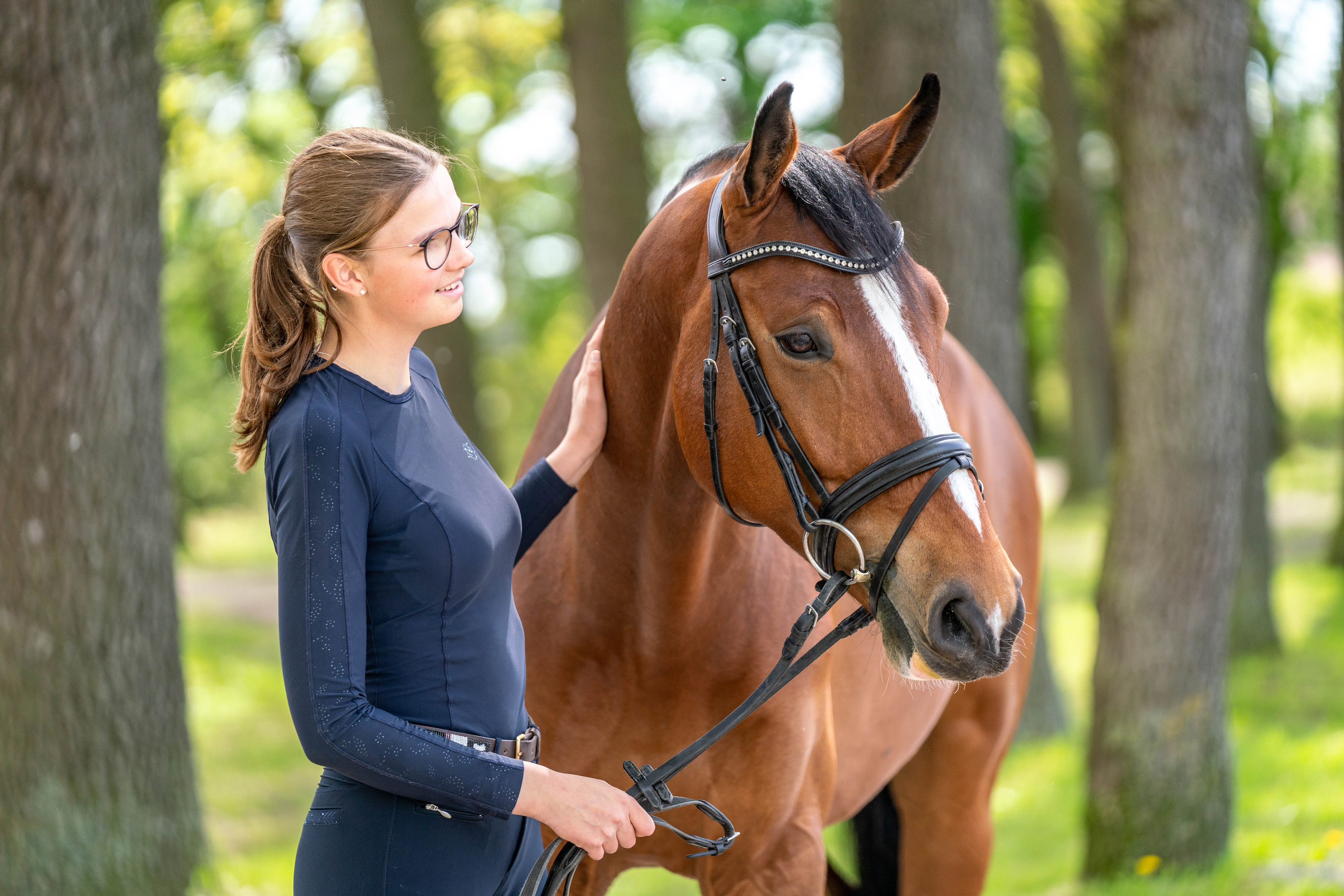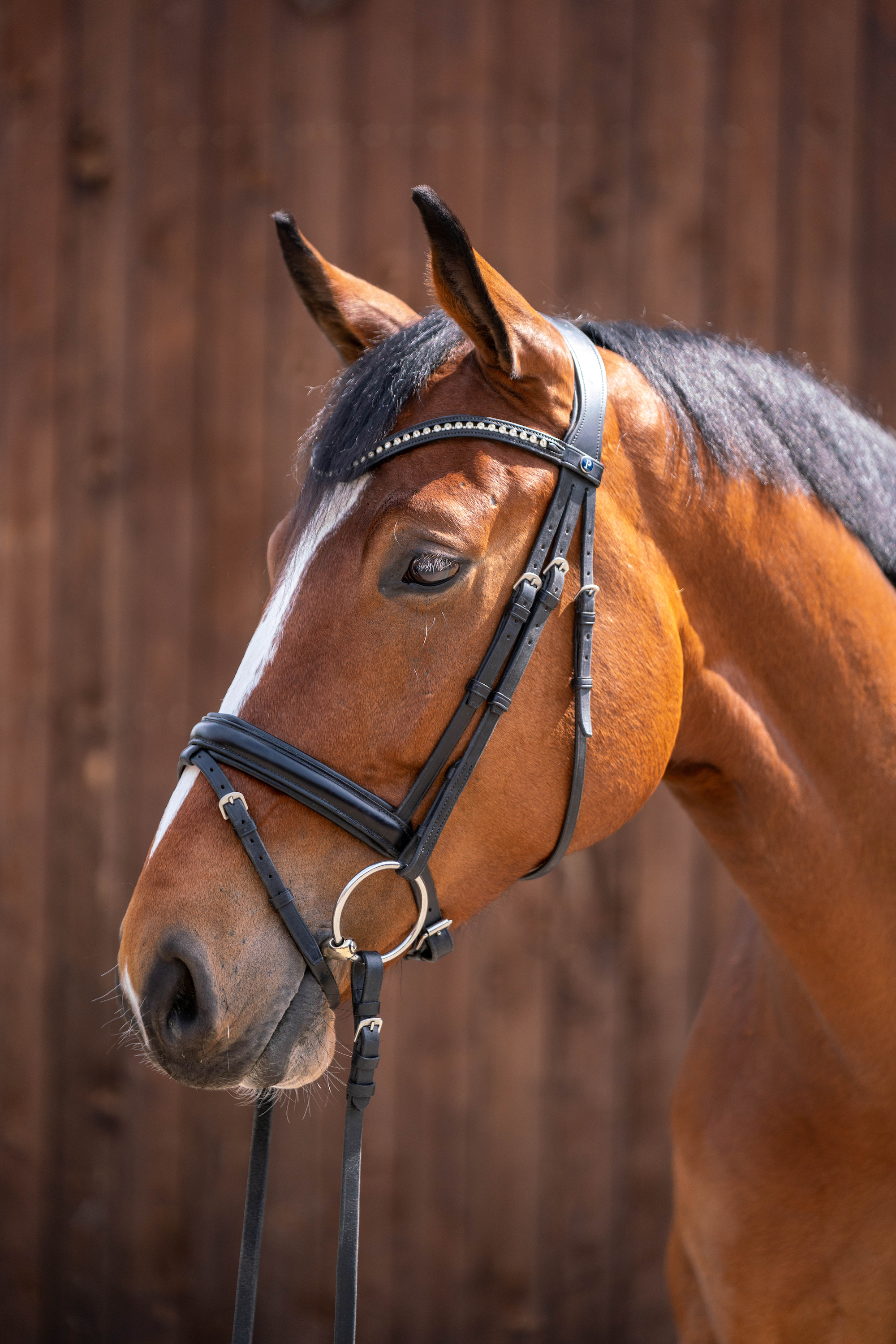KK ULTRA 3-Ring 18 mm - Sensogan
18 mm, 70 mm, 3-Ring
Tax included. Price per Piece incl. VAT. Shipping calculated at checkout
Description
Description
Compared to conventional bits, the middle link has also been shortened. This anatomical adaptation noticeably optimises the effect compared to conventional double jointed bits.
When the reins are taken up, the middle link – also known as the “lozenge” because of its striking shape – gently rolls over the central part of the horse’s tongue, stimulating its sense of touch.
The KK ULTRA 3-Ring bit is a versatile choice due to the different rein attachment options. Depending on the ring in which the reins are attached, the impact on tongue and poll can be increased individually. This makes the bit suitable for horses with strong go that tend to pull upwards.
Material & care
Material & care
How do I care for my Sensogan bits?
You should always wash your bits thoroughly with water and dry them after each use. SENSOGAN bits contain copper. Oxidation causes the bits to darken and may lose their shine. However, metal bits are particularly easy to clean and maintain with the help of our "Diamond Paste".Sensogan
Alloy of copper, manganese and zinc. Manganese hardens the copper without affecting the natural oxidation process of the copper. Thanks to the manganese, the alloy has a lower copper content but achieves the same oxidation behavior as AURIGAN.Features
Features
• Spring- und Springpferde-LP ab Kl. A
• Gelände- und Geländepferde-LP ab Kl. A
• Jagdpferde-LP ab Kl. A
• FN-Hunterklasse 95er und höher
Manufacturer information
Manufacturer information
Herm. Sprenger Metallwarenfabrik GmbH & Co. KG
Alexanderstr. 10-21
58644 Iserlohn
Deutschland
info@sprenger.de
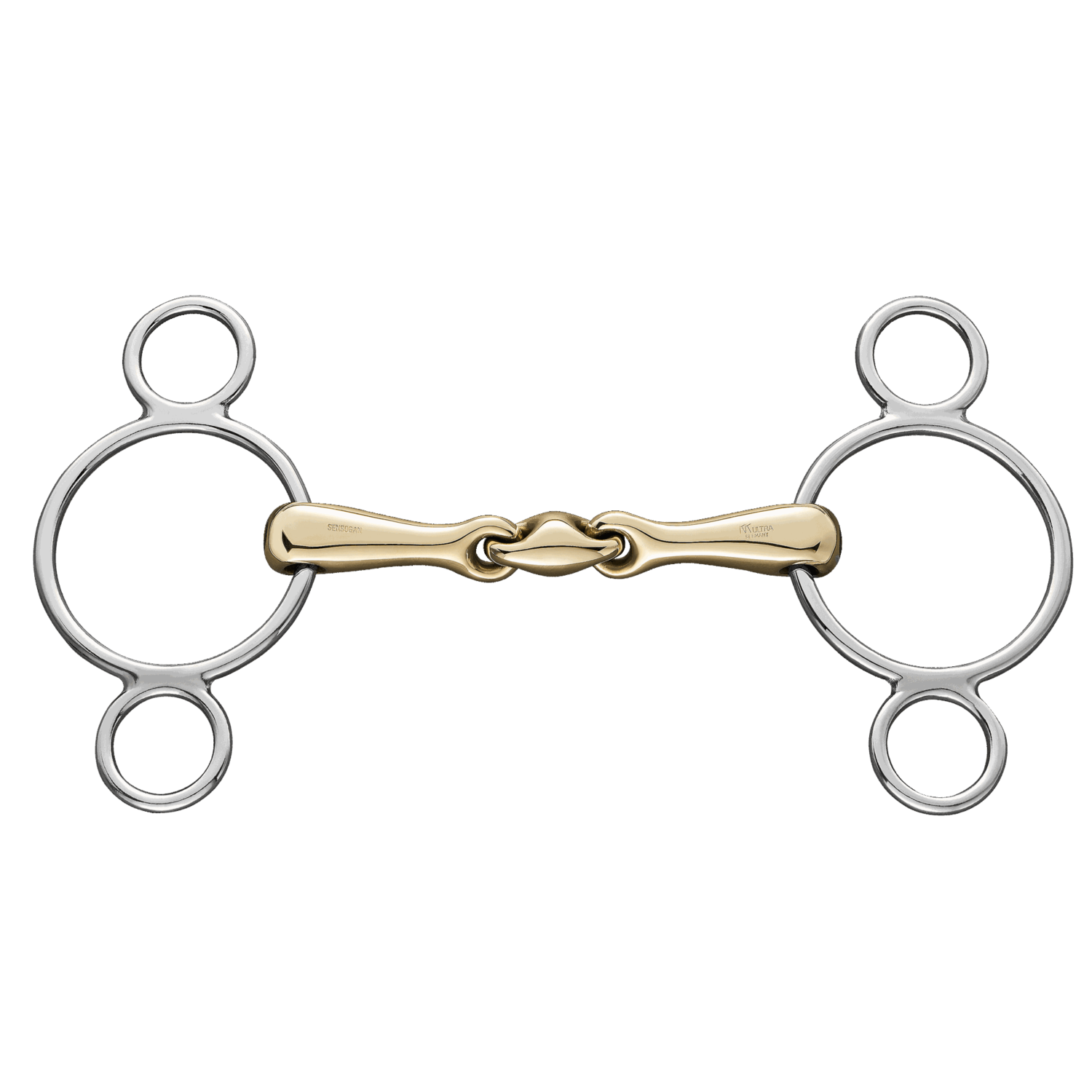
Sprenger - tradition and trust for 150 years
Where quality is created
The Sprenger brand stands for the highest quality and innovative design in equestrian sport. Sprenger has been a trusted partner for riders and horse owners worldwide for over 150 years.






